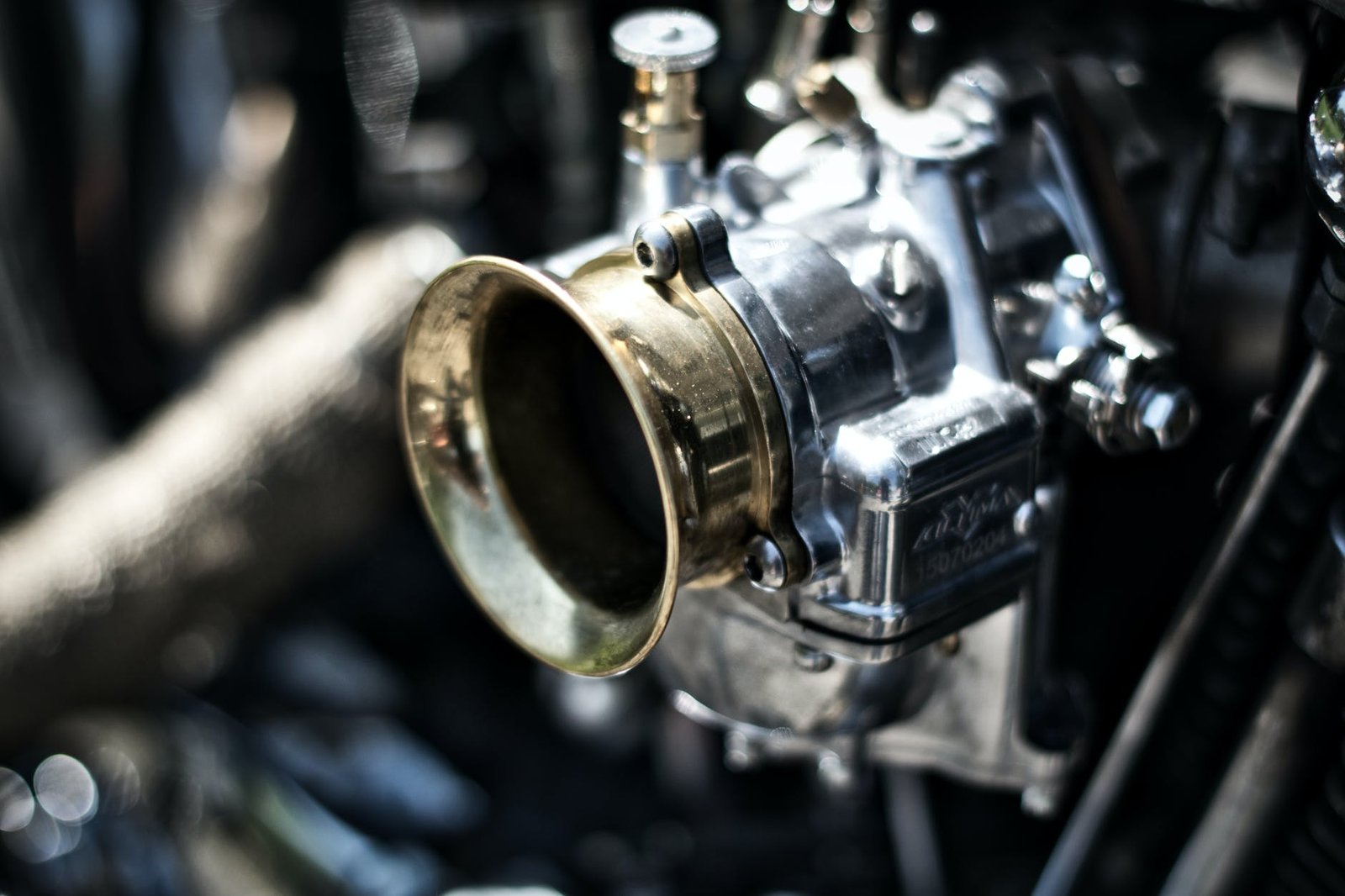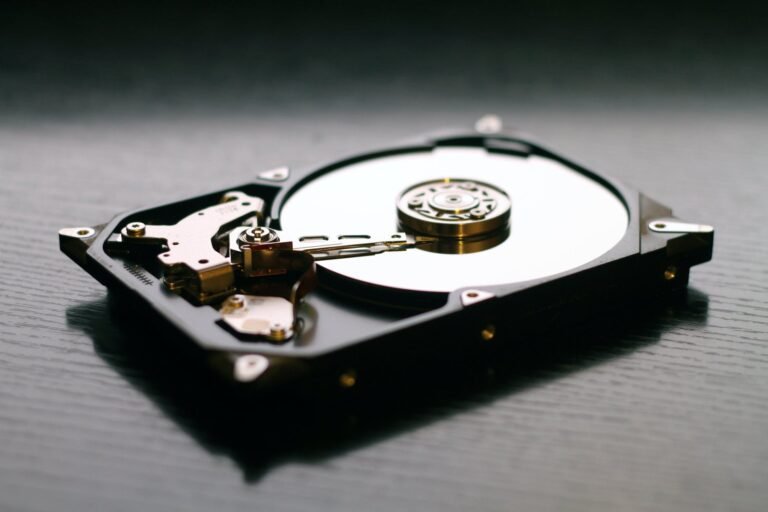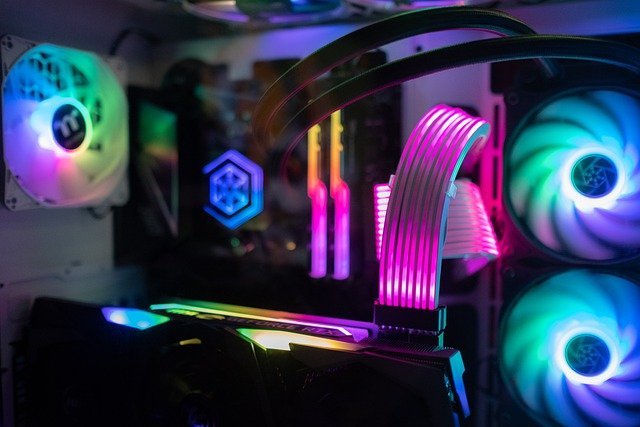Technology In Ball Valves
Ball valves are swivel-turn valves using hollow, drilled, pivoting balls that regulate material flow from opening to opening. The hollow acts as a third pressure boundary for the ball valve, since it comes into direct contact with the material flowing within the tube connected to the valve. The fill ensures that no media is allowed to be trapped over, under, or around the ball or body cavity.

When an upstream pressure is generated within the valve, the ball is forced into a downstream seat, creating a tight seal. The reasons behind the two types of ball valves are due to how they are sealed, and the way fluid forces are distributed from line flow to the ball, then the seat. In this valve, one of the seats would be on the upstream side while the other would be on the downstream side of the ball.
Due to limited available space, the head valve is extremely compact, having a built-in flange on the one side. Unlike standard designs, a DIB-equipped valve does not let the seat ring on the output come loose; rather, high pressure increases the force that drives the output seal toward the ball. The entry causes pressure to rise until the seat ring at the outlet is forced off of the ball, which results in the loss of fluid through a standard valve to the outlet.
If the ball gets too big and pressure is too high, then the pressure on the seat is too high, so much that the valve cannot be operated, as the operational torque is too great. Instead, there is more complicated torque that allows a rotating ball to move from full opening to full closing. When an actuator is moved, the ball is rotated to the point that a portion, or all of the bore, is aligned with the valve bodies input and output ports.
End-entry ball valves are typically smaller and used in applications that need lower pressure. The open-port safety design also allows the use of ball valves in applications that were not previously feasible. While the general industry valve segment is still dominated by the globe-and-ball, linear-valve designs, the relatively younger ball valve is steadily making gains, with smaller sizes becoming the valve of choice in harsh-service applications worldwide. The new ball valve technology features a proprietary seat-on-ball design, which greatly enhances performance compared with traditional metal-seat ball valves, while also offering significant advantages in size and weight.
For processing plants, AS-Schneider may recommend using metal-seat ball valves when there are abrasive products, high temperatures, and pressures. Industry standards call for the conventional metal-seat ball valves to reach the ISO-5208 rating D when tested at pressure. Extreme operational conditions, up to 450degC temperatures and 420 bars of pressure, call for special sealing technologies for ball valves. A high-temperature pure oxygen application provides another example of how the special ball valves from Hartmann Valves and the Twin Ball Valve are used under extreme operating conditions.
Historically, ball valves had to be dissolved prior to being soldered in the process control application, as the heat from the soldering process will damage valve seat materials. In any industry using ball valves in its process control applications, a major concern is a potential path for leakage through valve seat seals caused by repeated cycles of valves over extended periods of time. To address the issue of entrapment, the open-port safety design was developed to remove any buildup pressure caused by the thermal expansion of the standard ball valve. Many manufacturers restrict their metal-sealed ball valves to 100 bars of maximum allowed pressure — as this is the limit that will still permit valve action.






